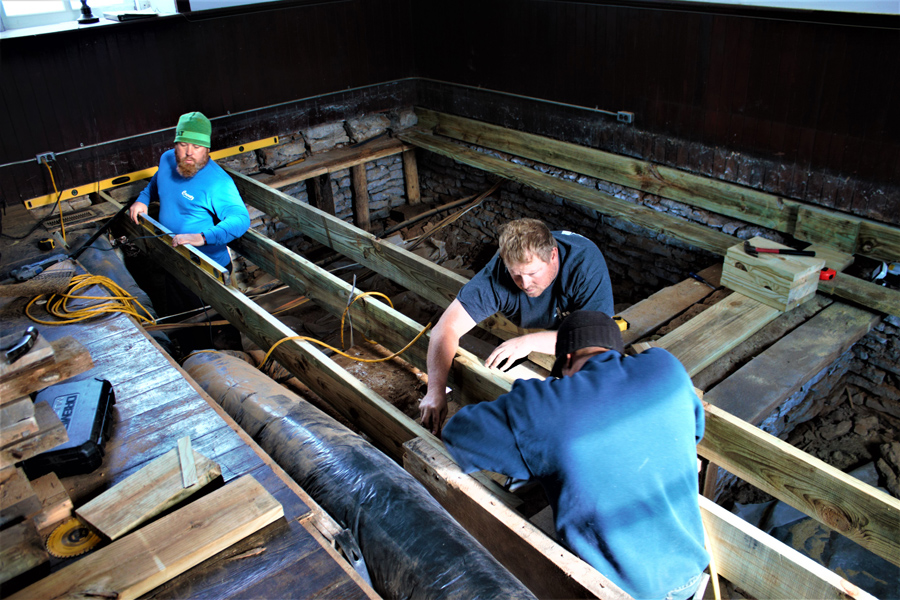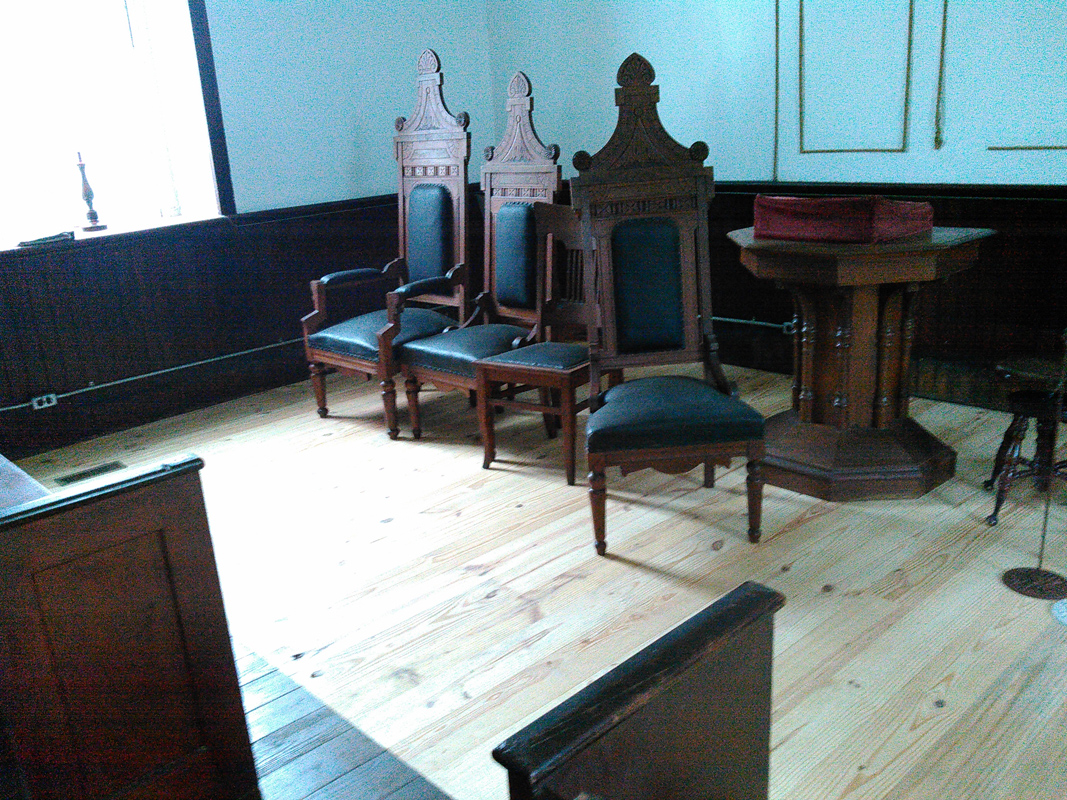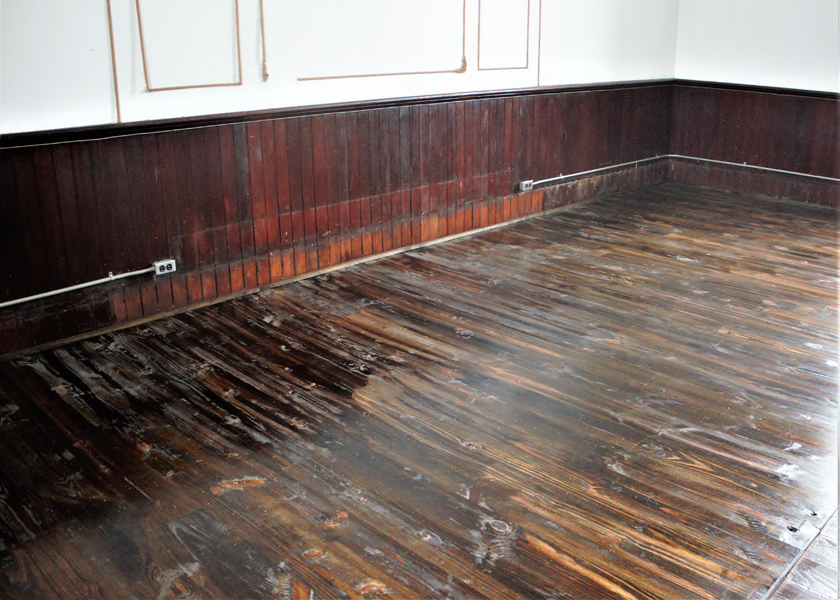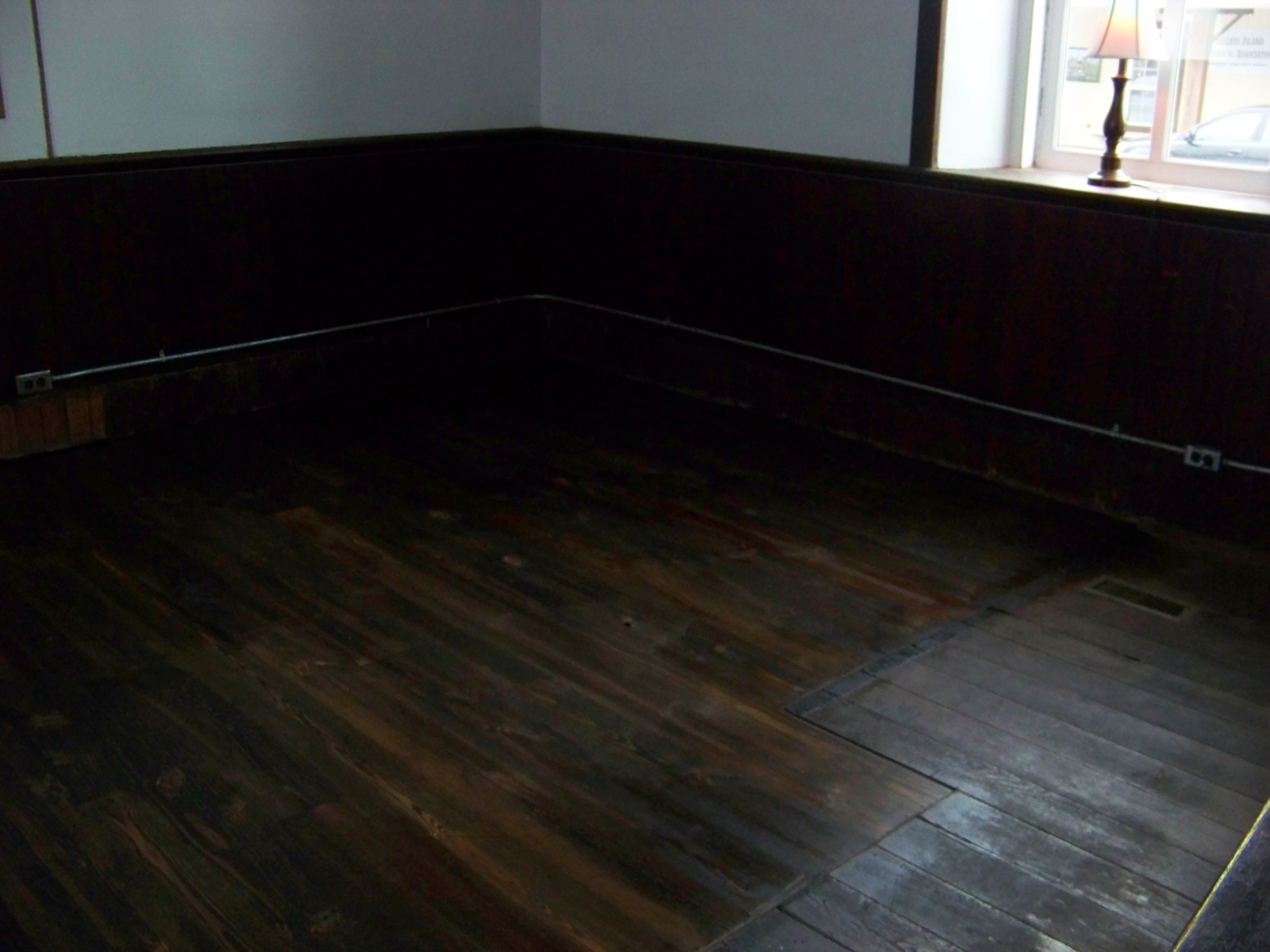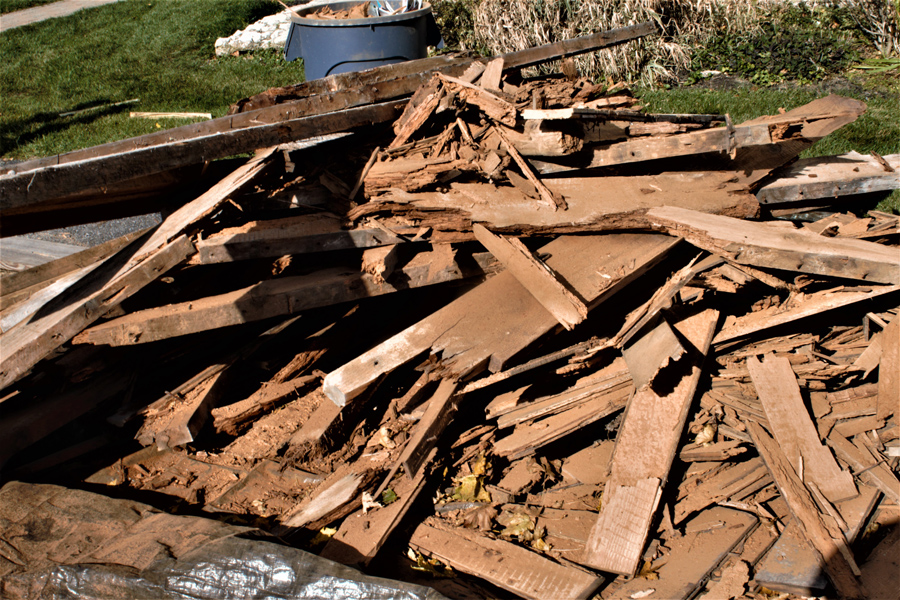THE HISTORY OF THE GERMAN REFORM CHURCH
1865 – The German Evangelical Reform Church was formally organized in October 1865. Erie County has a host of obscure records in their dusty archives. One such book contains the corporation documents of many of the county’s religious organizations in the county. The Evangelical Reform Congregation was incorporated on October 2nd, 1865.
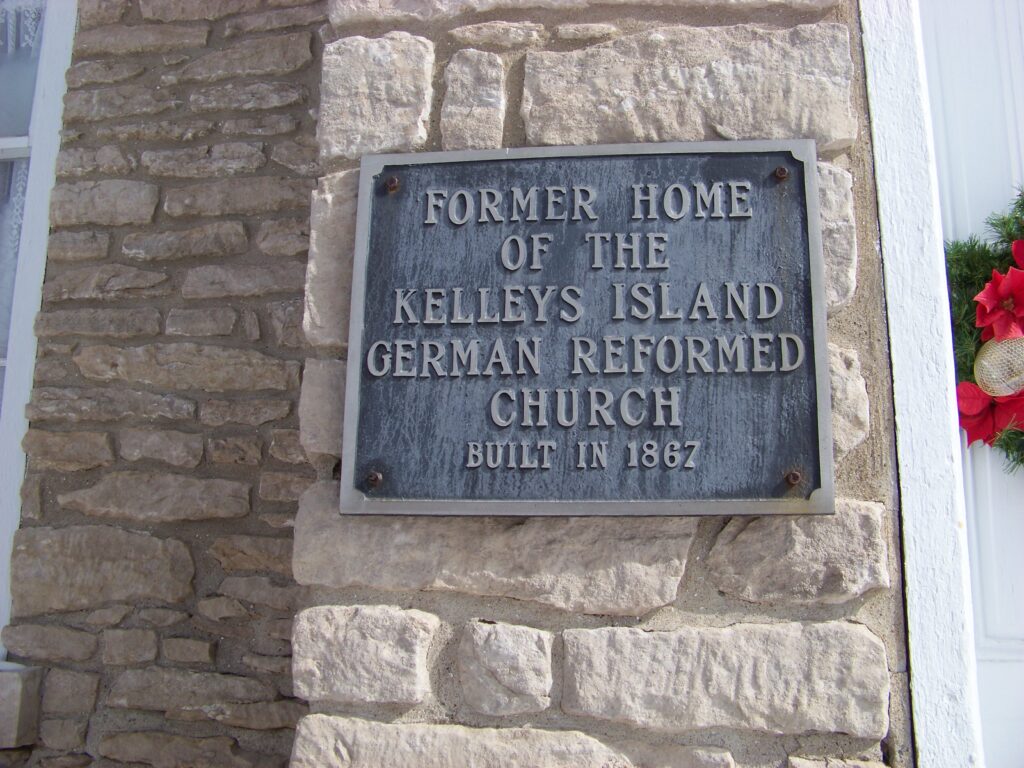
You can rent this lovely church for your special event.
“Kelley’s Island Ohio – At the regular meeting of the Evangelical Reform Congregation of Kelley’s Island, Ohio, regularly convened at the above place and date, said Congregation resolved to authorize the Trustees of the same to take steps to incorporate said Congregation and therefore, the Trustees regularly convened at Kelley’s Island, Ohio, on the 2nd day of October, 1865, do herewith resolve to incorporate the Evangelical Reformed Congregation, according to the laws of the State of Ohio under aforesaid name with its Constitution, Laws, and By-Laws and Regulations, as are now and may hereafter be made, changed and modified. Given under our hands and seal this 2nd day of January in the year of our Lord, 1865. William Bocker [Becker], John Burger, A. Ph. Duysing. Received and recorded October 10, 1865.”
On October 16, shortly after its incorporation, Alfred S. and Hannah Kelley transferred the deed to the ½ acre church property on Division Street to the Trustees, “to have and to hold said premises with the appurtenances unto said Wm. Becker, John Burgher and A. Ph. Duysing, Trustees of the German Evangelist Reform Church.”
Construction started almost immediately and in December 1865 in was reported that “The Germans have commenced quarrying and hauling stone for the purpose of building a Dutch Reform Church. They intend to complete it during the ensuing year.”
In December 1867, During a visit to Washington DC in 1867, Wm. S. Webb compared the church to the proposed Washington monument, which would be 160 ft. tall. “The top being surmounted by a weatherworn board roof similar to the one that brings the steeple of our German Church to its abrupt and unsightly conclusion. (By the by, it is to be hoped that the good taste of our community, by a liberal donation, will not permit the latter to remain very long as it now is an unsightly thing in the prominent position it occupies.)”
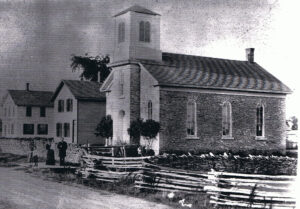
This church was built of native limestone quarried from land just across the street. The double doors are accented by an arched fanlight and like the doorway, arched windows with arched lintels grace this simple and elegant building. There is a chair loft and two ranks of free standing pews separated by a central aisle.
1871 – “By 1871 the congregation had 25 families as Members including Baumler, Jordan, Smith, Trieschman, Becker, Burger, Renter, Nowalk, Dodge, Gerlach, Lange, Scheele, Suhr, Beatty, Schaedler, Hess, Cattenach, Elfers, Boker, Huber, Stoll, Fischer, Keifer and Pringnitz. Mary Burger was the pianist for several years and Victor Deeringer was the librarian.”
This was the second of two German language congregations on the island, reflecting the large number of German immigrants residing there. The second German speaking church was built in 1893 and is now the Zion Methodist Church.
Sometime before 1877, the peak to the bell tower was added and the new bell was installed in July 1893, shipped from a Cincinnati foundry and delivered by steamer. In 2001, a major fund raising was undertaken to rebuild the tower. The fence and stone walls around the site had since been removed.
1917 – The last resident pastor, Rev. Von Kaske, served in 1917.
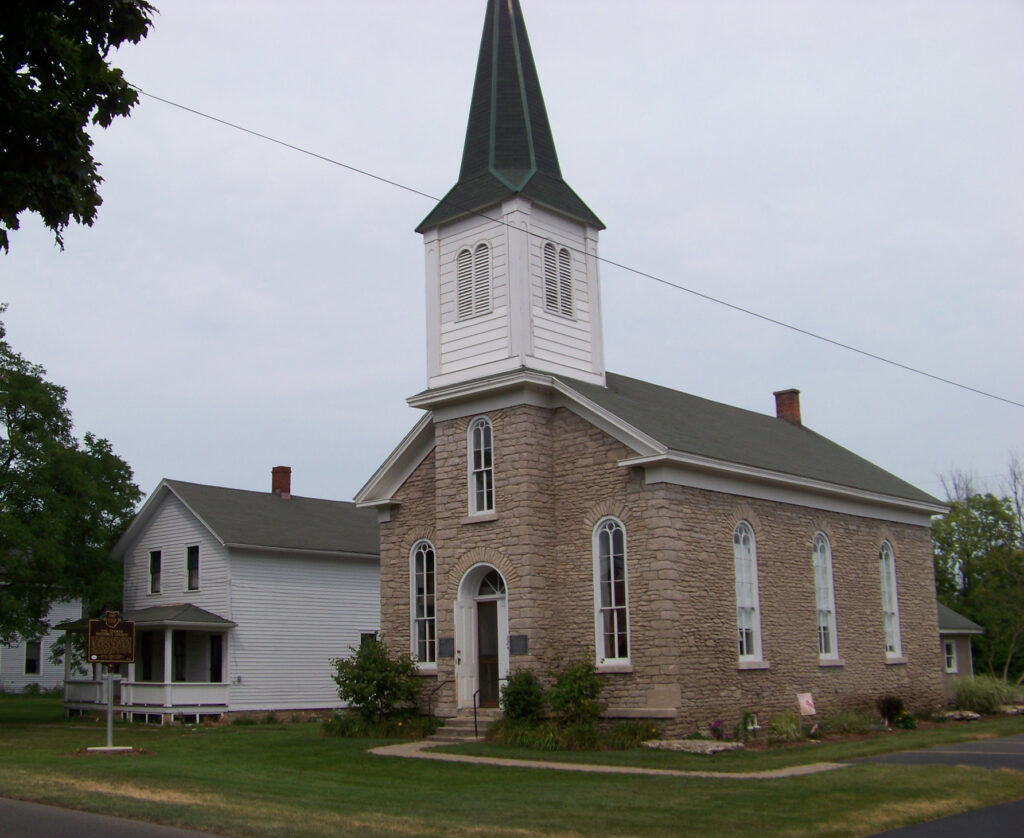
1942 – The last service in the church was the funeral for William Burger in 1942, who had served many years as Sunday School Superintendent. After regular services ceased, the Ladies Aid Society met monthly and held money making activities that helped in the maintenance of the building. Members were Mrs. Stoll, Mary Derringer, Mrs. Fisher, Mrs. Emma Beatty Betzenheimer, Mrs. Otto Brown, Irma Conkle, Mrs. Gerlach, Mrs. Dodge, Sarah Trieschman, Elizabeth Ohlemacher, Mrs. John Hughes, Emma Titus and Mrs. Schlumbohm. They remained active until 1956-7.
The next 20-25 years the church was not used except for storage. Lack of money and the advanced age of the few remaining members, a merger was negotiated between the German Evangelist (Evangelical) Church and the German Reformed Church in April 1972.
1980 – On September 20, 1980, the Kelleys Island Historical Association formed, with its main goal to purchase the Church and preserve it as an historical site. On August 15, 1981, 3:15 pm, the Association leased the Church and land. With the cooperation of the Church of Christ, renovations were made: installing electric power, shoring up floors, repairing the bell tower, tucking the stone work, repairing windows and painting inside and out. The Northwest Ohio Association of the United Church of Christ deeded the property to the Kelleys Island Historical Association on August 13, 1986.
Until 2010 it was used as a museum and gift shop. The Historical Association recently built a new museum on the adjoining property and is restoring this beautiful old church. The new museum’s design resembles the church’s carriage house. Historically this is the only island church to have a livery stable. The building was long and narrow with a shed roof open to the north.
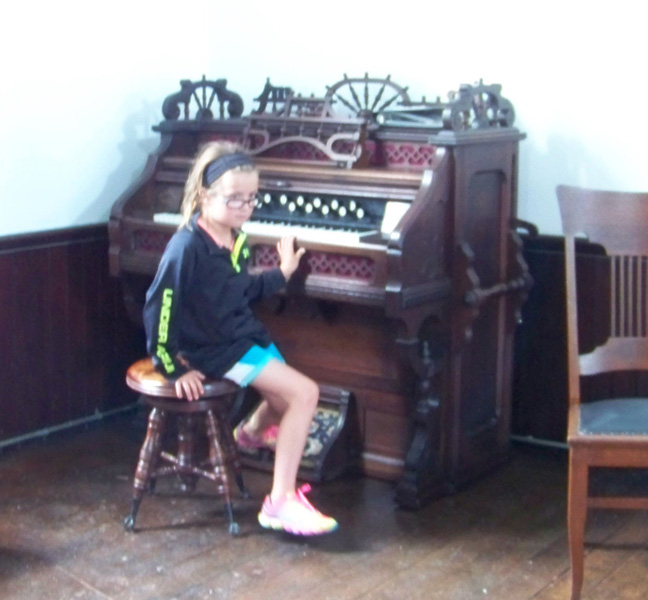
Clough & Warren Co. is the name printed in gold lettering on both ends of the stop board for the chapel organ. Clough & Warren claimed their organs captivated the world. It has a walnut case decorated with spoon carvings, spindles and other ornate touches and there is even a lever handle on the right side of the case which, when extended, allows an acolyte to assist the organist by pumping the bellows by hand. It bears a date of March 27, 1893 on top of the B flat #2, and the names Jessie Hayes and Schaffer. It is a beautiful piece. A complete restoration was completed in June 1996 and it was during this restoration that the serial no., date and names were discovered. Robin Pratt, using music appropriate to the period from his own collection, played a dedicatory recital on the completely restored instrument. The Kelleys Island Museum Association still sponsors organ recitals, many of them performed by Janet W. Ebert of Urbana Ohio. These concerts are considered a rare treat and are well attended.
Until 2010 the church was used as a museum and gift shop when the new museum opened on the adjoining property. The new museum’s design resembles the church’s carriage house. Historically this is the only island church to have a livery stable. The building was long and narrow with a shed roof open to the north. The original organ, pews, pulpit and chairs, library table, china cabinets and tall pot belly stove were incorporated into the museum and retail shop. The stove, on prominent display in the church, is a Frost Killer No. 220, produced by the Eclipse Stove Co. of Mansfield. A similar furnace was in use at Kelley’s Hall and now rests quietly in the basement of that building.
THE NEW FLOOR 2018 – Our thanks to Moyer Construction and the Mylander Foundation for helping us replace a section of floor in the church. Once we got into the project, we discovered that powderpost beetles had turned much of the wood into powder! In addition, we discovered that the diaz/altar was actually a later addition to the building. We agreed to restore it back to the flat floor it was originally. Here are some of the photos from that project.
